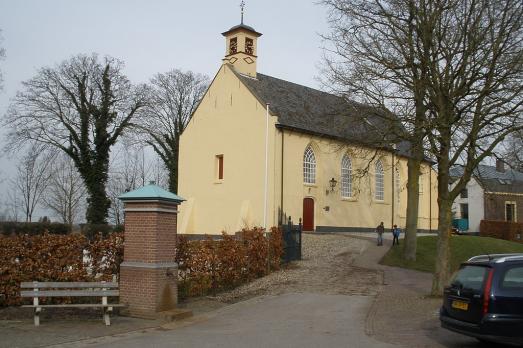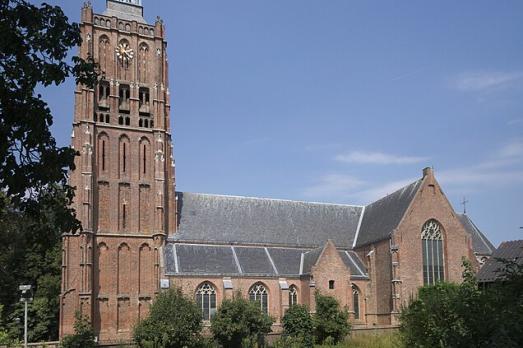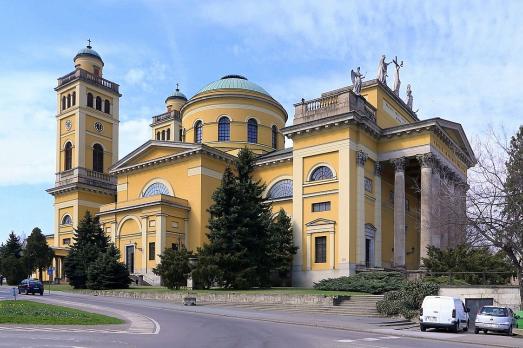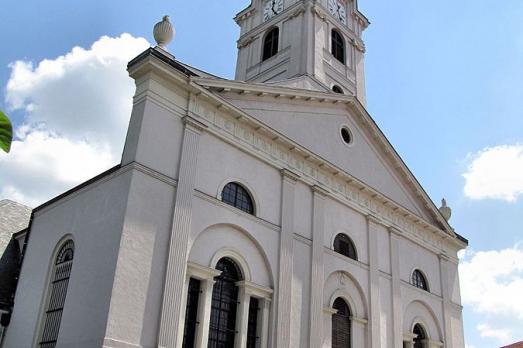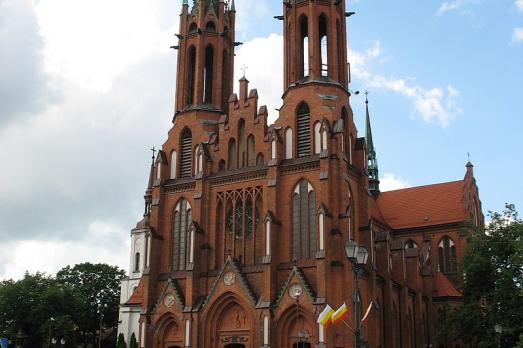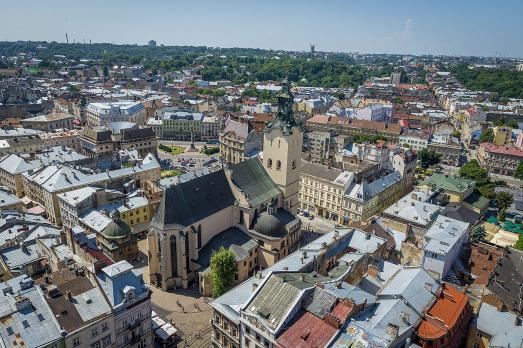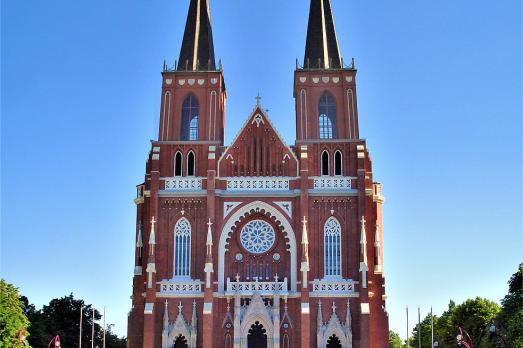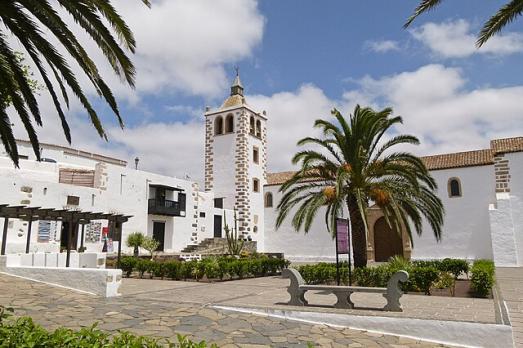Catharinakapel
Lemiers, NL
Old parish church, single-nave nave, with roof turret above the west facade, and narrower straight closed choir; built of rubble stone, 11th or 12th century. The choir was later raised and vaulted. Gravestone with date 1719. Boundary stone with double eagle, against south facade of the church. Bell frame with bell by anonymous founder, first half 14th century, diam. 45 cm, out of use. Later Patronage building. Since 1977 a chapel again. When the new Roman Catholic St. Catherine's Church was built in 1895, the old 11th century St. Catherine's Church fell into disuse. The old church now falls directly under the responsibility of the diocese of Roermond. It was recently determined that restoration is urgently needed. Damp is creeping up the walls. That damp is also affecting the Cobra-like murals made by painter Hans Truijen in 1978. Although there is currently no money, the diocese believes that the church should be preserved.
